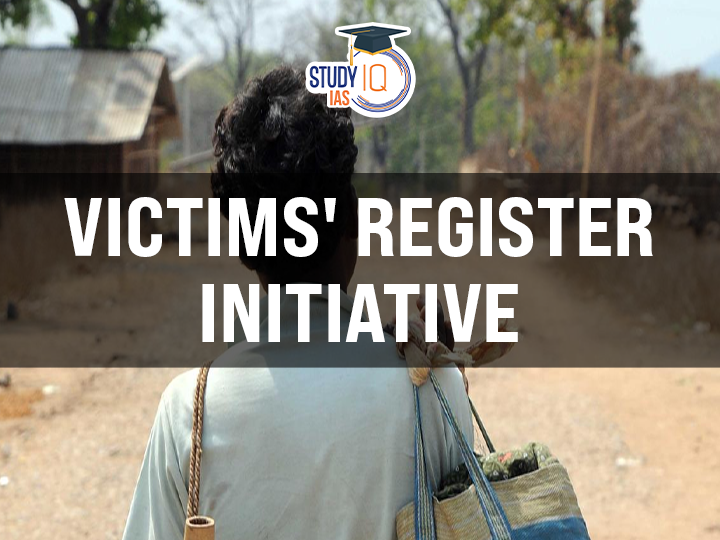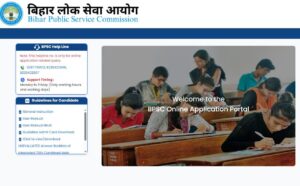Table of Contents
Government’s Holistic Approach
- The government’s strategy to address left-wing extremism is comprehensive, focusing on areas of security, development, ensuring the rights of local communities, governance improvements, and managing public perception.
- This holistic approach reflects the government’s commitment to addressing law and order and socio-economic issues in conflict-affected regions.
Categories of Victims in Conflict Zones
- Victim identity in conflict zones like Bastar is diverse, with two main categories:
- Those who have suffered at the hands of Maoists (presumably the people who met the Home Minister).
- Those victimised by the state, including security forces and the criminal justice system, whether intentionally or unintentionally.
- Another victim group includes those affected by the Salwa Judum, a vigilante group, and the displacement it caused. Around 55,000 tribals fled Chhattisgarh to take refuge in Andhra Pradesh during this period.
Historical and Structural Violence
- Structural violence against tribal communities has been ongoing since colonial times and was exacerbated post-independence.
- Maoists capitalised on the absence of governance in tribal regions like Dandakaranya, an area covering 92,000 square kilometres across Chhattisgarh, Odisha, Telangana, Andhra Pradesh, and Maharashtra.
- Maoists sought to champion the tribal cause, filling the gap left by the state’s neglect of tribal regions.
Victims’ Register Initiative
- Chhattisgarh’s Deputy Chief Minister announced plans to improve the implementation of a victims’ register to document those affected by violence in Bastar.
- This initiative has significant potential to address the plight of victims, especially tribal communities, who find themselves caught between Maoists and the state.
- The concept of a victims’ register has been successfully used in more than a dozen countries for conflict resolution, notably in Colombia’s left-wing extremism insurgency.
Challenges and Recommendations
- The process of identifying victims must be based on truth, reconciliation, and trust, rather than the identity of the perpetrator.
- Without proper implementation, such initiatives risk creating further societal divides. However, done correctly, this can be a powerful confidence-building measure, expanding state support in Maoist-affected areas.
Opportunity for Progress
- With the Maoist insurgency at its lowest, the time is ripe for the government to address tribal aspirations and rebuild trust in the region. The current circumstances offer a window of opportunity for long-term peacebuilding.


 Bihar BPSC 70th Mains Result 2025 Out: C...
Bihar BPSC 70th Mains Result 2025 Out: C...
 Pax Silica Initiative: Meaning, Objectiv...
Pax Silica Initiative: Meaning, Objectiv...
 Tapanuli Orangutan: Habitat, Characteris...
Tapanuli Orangutan: Habitat, Characteris...

























